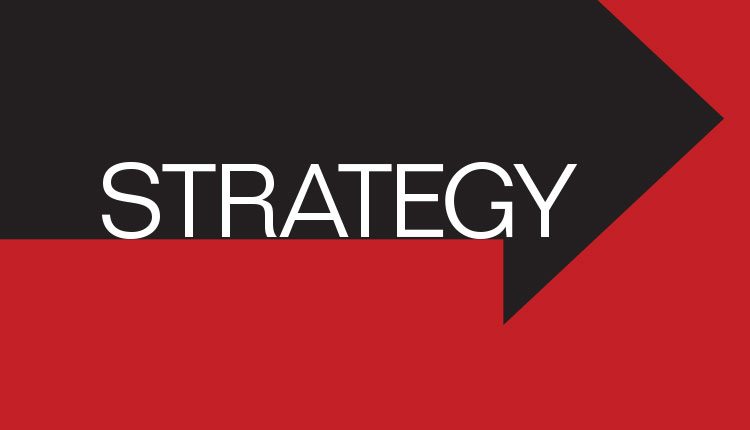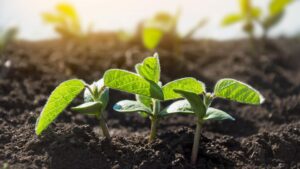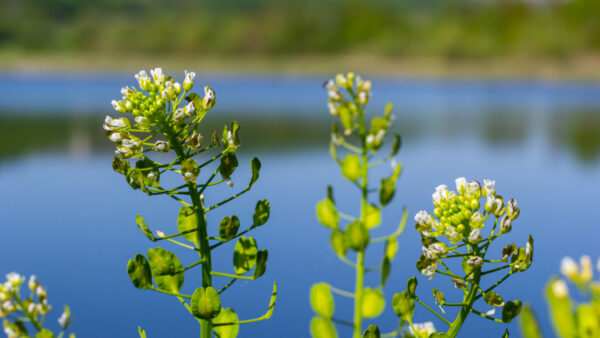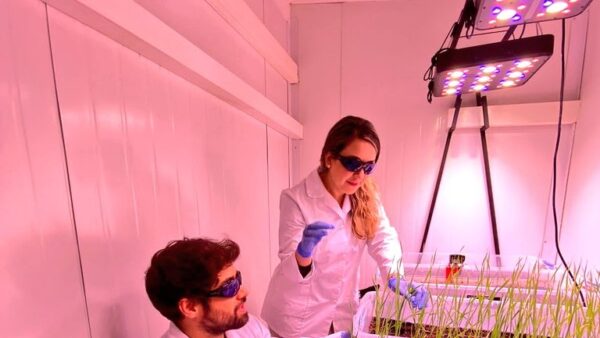In a low commodity environment that has U.S. farmers putting pen to paper and scrutinizing every dollar, it’s important to understand the return on investment seed treatments can deliver.
Even though corn and soybean prices are up slightly — along with the stock market on the promise of what a Trump administration could do for the overall economy — many farmers will operate at or below breakeven costs for 2017, according to University of Illinois agricultural economists Gary Schnitkey and Darrel Good. This has farmers evaluating their operations and looking at ways to trim costs and some, no doubt, will be looking at seed treatments as an option.
But experts say that’s not a good idea.
“With the low commodity prices, every bushel is important to breakeven and farmers need to do everything they can to get the highest yield possible and reduce risk,” says Palle Pedersen, Syngenta Seedcare head of product marketing. “You cannot afford not to use a broad spectrum seed treatment.
“When soybeans were bringing $13 and $14, and you had $7 and $8 corn, it wasn’t as important because everyone was making money. From 2005 to 2013, we saw commodity prices at levels that we might not see again for a long time.”
When prices were so high, farmers didn’t need to practice looking at their balance sheet, and Pedersen says many forgot about basic agronomic principles.
“It’s ‘back to the basics’ for farmers,” he says. “Last year, some decided they didn’t need to use a seed treatment and that was a big mistake.”
There’s a reason why seed treatments are so popular.
BASF’s Justin Clark, technical market manager, says that as growers plant earlier, conditions are colder and wetter, increasing exposure to Pythium, Rhizoctonia and Fusarium. These pathogens are yield robbers, he warns.
“Seed treatments protect the genetic potential of the seed,” Pedersen adds.
When looking at the return on investment a seed treatment can deliver, Pedersen uses CruiserMaxx Beans with Vibrance as an example. In the past three years, he says in 63 percent of the cases farmers averaged an extra 4.5 bushels per acre. With a cost of $14 per acre and soybeans at $9 per bushel, that’s a tremendous investment. Pedersen says farmers are tripling their money with CruiserMaxx Beans with Vibrance.
Bayer’s Gregory Ginisty and Melissa Chu share a similar story for ILeVO, a Bayer soybean seed treatment.
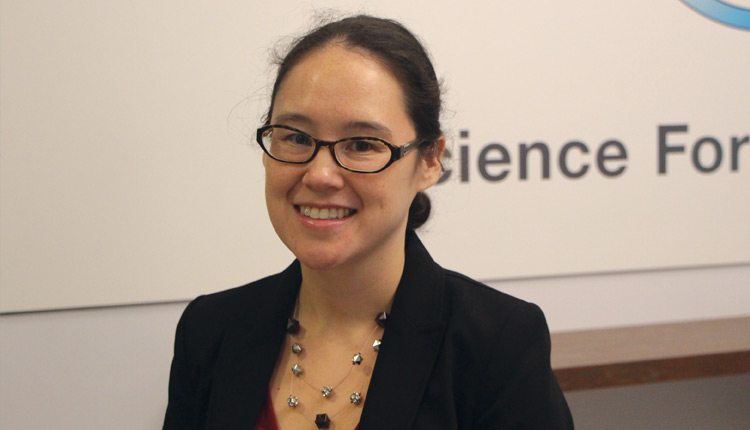
“It’s an investment, but it saves yield,” Ginisty says. “It really depends on the severity of sudden death syndrome (SDS). If SDS visual symptoms come into a field, we can see a 10-bushel-per-a yield advantage when growers use ILeVO.”
Unfortunately, once you have the Fusarium responsible for SDS in your field, Ginisty says it will always be present. While it does not affect corn, it overwinters on corn and can remain a risk to future soybean plantings.
The Fusarium responsible for SDS is present in nearly all U.S. soybean growing areas and produces the toxin responsible for the foliar symptoms. Its severity is dependent on the weather.
As severity increases, yield loss is greatly increased, Chu says, adding that on average, 150 million bushels are lost each year across the nation due to SDS and SCN.
She explains that ILeVO provides foliar and root protection from SDS. “In the root rot phase, SDS can cost up to 2-4 bushels per acre of yield loss,” Chu says. “ILeVO has been tested across a number of varieties and over a number of sites with varying levels of pressure. On average, we see a 4.7-bushel-per-acre yield increase with 84 percent consistency.”
Jeremiah Mullock, Bayer product development manager for ILeVO, says that even when there are no visual symptoms of SDS, the use of ILeVO provides an added 2 bushels of yield 70 percent of the time, according to data from the past five years.
He explains that it consistently manages both SDS and SCN, which thrive in different growing conditions. Cool, wet conditions favor root rot from SDS, Mullock says, adding that if it stays that way throughout the season, then we’ll see visual symptoms. SCN likes hot and dry conditions.
“We know we have insects and diseases out there that will damage the seed,” he says. “During the past two years, we had record rainfall in the Midwest and record crops because of it.
“When it rains every two to three days, you don’t need a strong root system. But this is not the case when you get into dryer climates; a strong root system is essential.”
Another option for soybean growers is Vault HP plus Integral biological seed treatment, a part of the BASF portfolio. Clark says the company has been doing trials for the past five years. With close to 300 trial sites, Clark says the data shows a 2-bushel-per-acre yield advantage. He explains this added yield comes from increased root protection.
“The cost [for Vault HP] is less than half a bushel,” Clark says. “So if you recoup 2 bushels per acre, it’s a no-brainer.”
With a focus on roots and root health, Clark says for customers who are renting land, or have recently added new ground to their farm operation, and don’t know the history, he recommends using an inoculant.
“An inoculant will help in areas where rhizobia are needed, especially in low lying areas of a field where flooding may have occurred or in areas where a soil fumigant has been used and killed off the microbial population,” he says. “It’s like an insurance policy for your crop.”
A majority of farmers seem to agree. Ginisty shares that about 80 percent of the soybeans are treated with a fungicide, and about 55 percent of soybeans are treated with an insecticide.
“This is a true sign of the return on investment growers see,” he says, noting that soybeans are treated downstream — it’s something customers ask for.

A Different Package
When we shift our focus to corn, Pedersen explains that seed treatments shouldn’t be as much of a focus for the grower, because they are sold as a package with the hybrid. Companies will match the right seed treatment to the right hybrid.
But Pedersen says that like soybeans, the return on investment for corn is significant and there’s a reason why fungicides and insecticides are used on most acres and that the adoption of nematicides is increasing.
Ginisty says that companies have to ask: “How do I make sure I offer growers a seed package that is going to work and help maximize genetic potential?”
The seed treatment should complement the genetics and traits, he says.
“The minute that bag of seed is opened, everything is trying to get at it,” Ginisty adds, explaining that for corn, there is no trait to control most secondary insects such as wireworm. “This means growers rely on seed treatments for protection.
“Seed is extremely susceptible to wireworm. Wireworms cut off the roots and black cutworms reduce plant stands. We have to make sure that seedling can get through that first stage of growth.”
Clark adds that for corn, yield is established early in the season and protecting those young plants is critical.
He says growers can layer a seed treatment with an in-furrow insecticide and fungicide for longer protection from below-ground insects and diseases. He cites Manticor LFR or Xanthion, of which both have the F500 molecule, as options for protecting corn.

Increasing Pressures
While seed treatment costs vary, experts say the result is the same: added protection and minimized risk, for extra yield. But as farmers look at seed treatment costs, they are also considering other practices that might help better position their operation for the year ahead.
During these times, Pedersen says he tends to see an increase in no-till, which puts more moisture into the seedbed at planting. “This makes a good seed treatment even more critical,” he says.
Additionally, seed is one of the highest input costs, so often in a low commodity price environment, farmers might consider reducing plant populations. “This means every seed counts,” Pedersen says. “Every seed must produce a plant.”
According to research conducted by Adam Gaspar and Shawn Conley at the University of Wisconsin in 2014, seed treatment use, especially insecticide/fungicide treatments, may help avoid replanting because it is a management practice for increasing initial plant stands by 20 percent on average.
Meanwhile, during the past few years, farmers have increased their adoption of cover crops to improve the soil structure, according to the 2016 Cover Crop Survey, conducted by the Sustainable Agriculture Research and Education program and the Conservation Technology Information Center.
Among survey participants, cover crops planted in 2015 reached an average of 298 acres per farm and were projected to grow to a mean of 339 acres per farm in 2016 — that’s more than double the acreage survey participants reported in 2011.
Pedersen explains that as part of the rotation, farmers kill the cover prior to planting their next crop and then plant directly into it.
“This is like planting into a bed of mulch harboring disease,” he says. “If farmers use cover crops, it’s even more important to have a broad-spectrum, top-notch seed treatment.”
Awareness Needed
So what do retailers, agronomists and farmers need to do to help ensure a successful growing season?
For retailers, Pedersen says it’s extremely important to sit down with farmers to explain exactly what they are getting on the seed.
“One of the biggest challenges is that during the past five to seven years, farmers have understood the value seed treatments bring but have not kept track of what they are actually using,” Pedersen explains. “They think red equals X, but red does not always equal X.
“Growers need to start asking what they are getting and at what rate. There might be other products in the market that are red but with different rates or that contain other active ingredients that will not give you protection for as long.”
Ginisty recommends retailers and agronomists take into consideration the: amount of time the product has been on the market, information available, product performance in their growing area, and how the product will perform with existing farm practices.
“It’s important to understand what your customers’ acres are most prone to,”¬†he says. “Is it insects? Is it¬†disease? Or SDS? What impact does this have on yield in terms of loss?”
Ginisty encourages agronomists to sit down with their farm customers and look at their particular environment and growing conditions, when looking at what products to use next year.
“It’s not just about cost,” he says. “It’s about benefit, too.”
Seed protection is a given. “At the end of the day, it has to provide a yield advantage,” he says. “We really saw the benefits of seed treated with a fungicide and the insect and nematode protection of Poncho/VOTiVO compared to that treated only with a fungicide — about a 10 bushel per acre scenario. Even at $3 corn, you’re still looking at a 3:1 return on investment.”
Pedersen agrees. “To unlock the genetic potential, you need a fungicide, insecticide and nematicide,” he says.
There are a lot of effective seed treatment products in the field today.
BASF’s Clark advises agronomists and farmers to conduct strip trials as a way to evaluate the different technologies of interest.
“The more replications you can put out, the better,” he says. “The benefits a treatment delivers is dependent on disease and insect pressure and the weather. This makes it hard to predict the benefit you’re going to get, but it’s about protecting that investment.”
Chu echoes that sentiment. “It’s important to protect the biggest investment you make for the growing season,” she says. “A variety can only perform as well as the conditions allow. Give the seed the best opportunity to reach optimum performance.”


